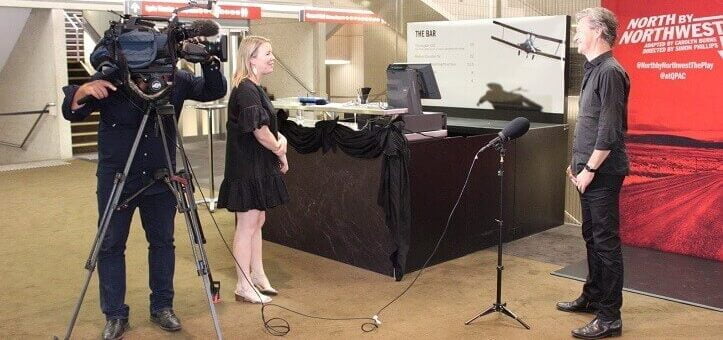Public Relations challenges in the digital age
Platforms like social media, digital newspapers, blogs and 24-hour television and radio current affairs channels, has created many public relations challenges and advantages.
These platforms, along with other challenges, including the 24-hours news cycle, have forced PR professionals to adapt to the constantly changing media industry.
Our Communications Director Clare Christensen says when getting media coverage, you need to provide the journalist with all the components they need for a story straight off the bat.

“Journalists are incredibly time-poor nowadays as they face more and more deadlines, with added television news bulletins, digital editions of newspapers updated throughout the day, and of course social media as well,” Clare said.
“By sending the journalist all the pieces of the puzzle for your story without them having to chase further information, it means journalists can turn around the story quickly. This helps them meet the demand of the news cycle and also gives you more of a chance of the story being published.
“These components can include video, images, audio or having a spokesperson available to comment – anything you possibly can to help the journalist cover the story.”
24-hour news cycle
Possibly the biggest challenge in modern PR is the 24-hour news cycle. News is no longer printed once a week in a paper – there is now live coverage of events for regional, national and international audiences.
Not only does the 24-hour news cycle create added demand for journalists, it also creates different types of issues in Public Relations.
“PR professionals are expected to generate more content than ever,” Clare said.
“They also need to ensure they stay on top of news so that they can respond with reactive media and take advantage of opportunities for their clients to join the conversation.
“PR teams also need to monitor social media platforms and stay across comments from the public or the media to prevent reputational damage or other types of Public Relations problems for companies.”
Choosing the right platform
With traditional media platforms including television, radio and print still widely used, the increasing demand for digital content allows for even more PR opportunities.
Though, it’s important to make sure you send the right content suitable for the platform.
“You wouldn’t send visuals for radio coverage or audio for television coverage – so make sure you’re sending the correct content, otherwise it’s likely your story will be deleted without a second thought,” Clare said.
Be timely
With more bulletins, digital news stories and televised events – there are now more deadlines for both journalists and PR professionals.
While journalists are expected to provide timely coverage of different types of crises, in Public Relations, professionals are expected to provide almost every detail of a story.
“A journalist doesn’t have much turnaround time between their deadlines,” Clare said.
“if you’re unable to give them the information required for the story, you’re likely to miss your chance with no guarantee it will be aired or published the following day. And remember, when a journalist asks for something, they need the information immediately – don’t miss the opportunity, and sour the relationship with a journo, by being tardy.”
Owning the message
If your story has been aired and you think you’ve achieved successful coverage, it’s important to make sure you own the message.
Social media has created conversation around brands which might not have been there before, so PR and media teams need to manage reputations now more than ever.
Platforms including Facebook and Twitter allow the public to voice their opinion on a topic, particularly if it’s published online, often resulting in the key message being lost.
“The most effective way to own your message is to be on top of conversation happening online and respond to the public if they have questions,” Clare said.
“Keep your online presence professional and on brand and you’ll go a long way to promoting and protecting your client.”


